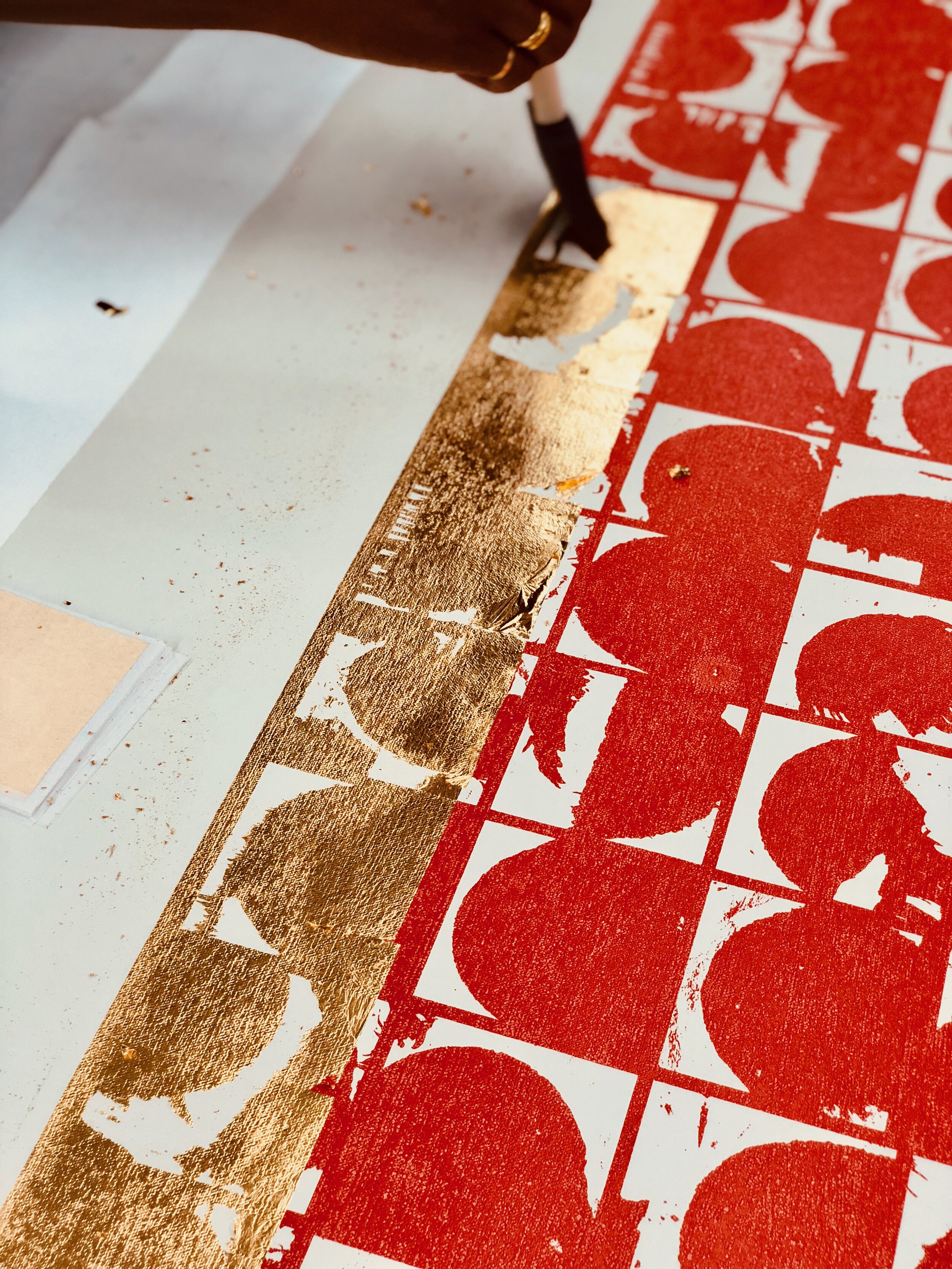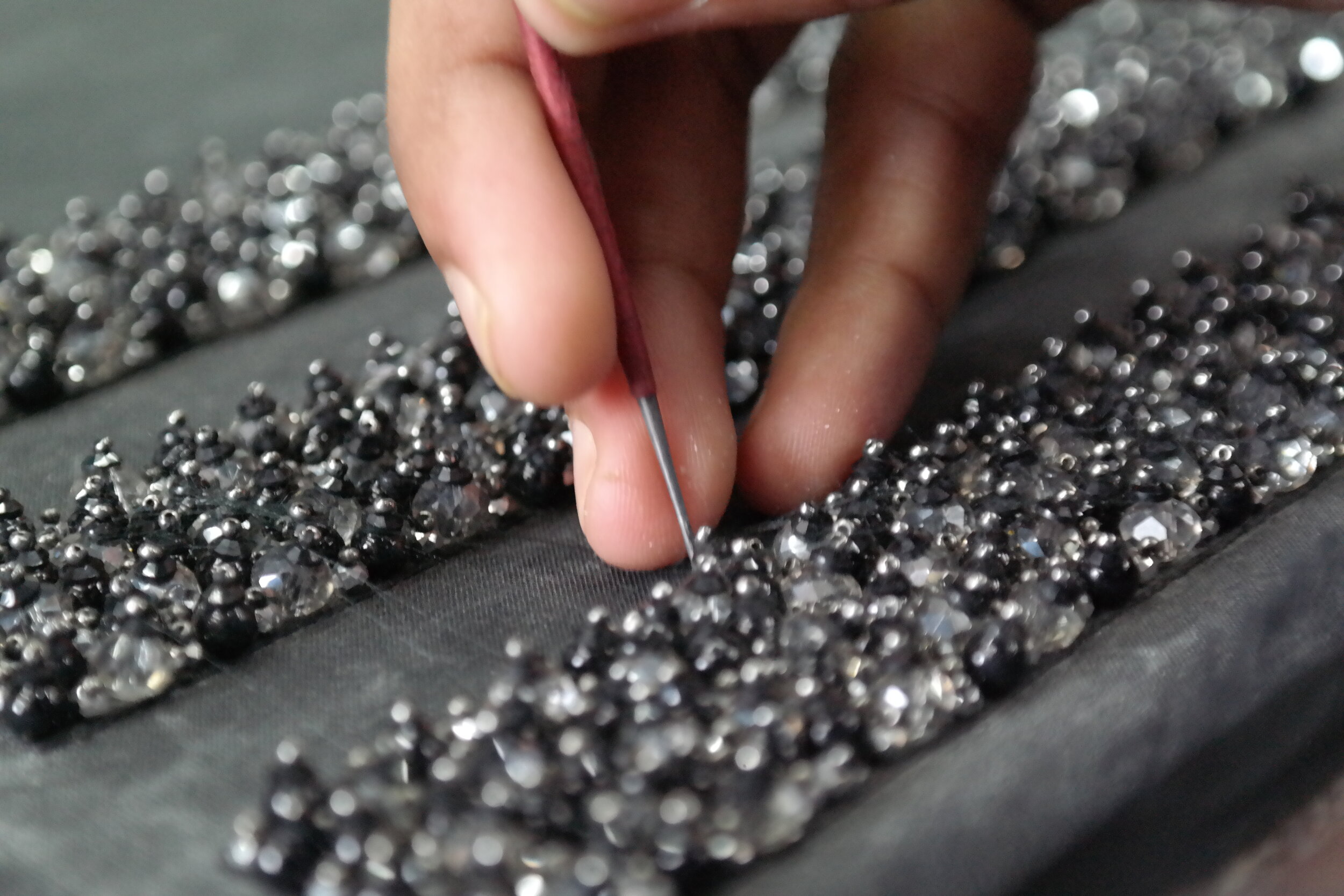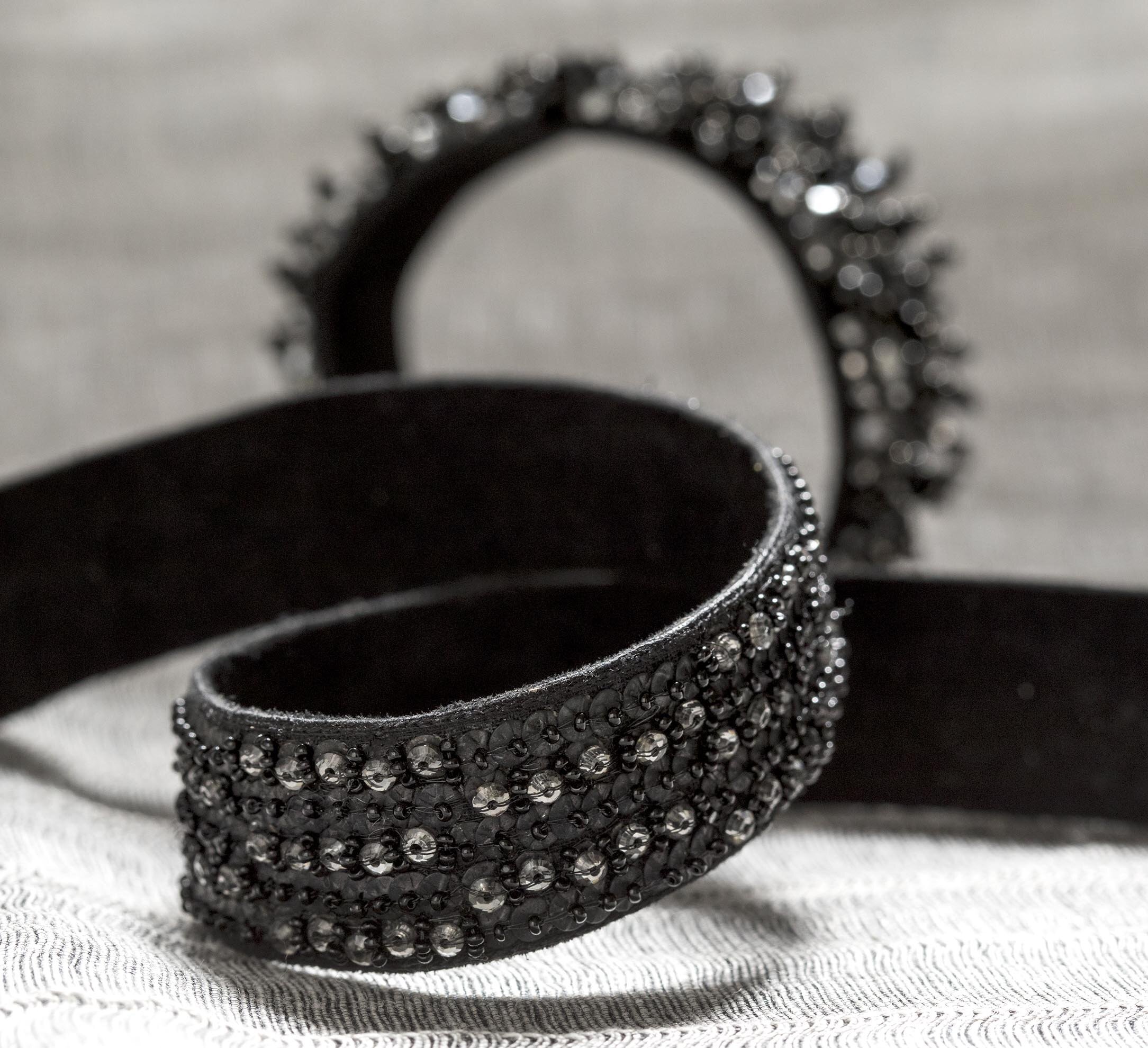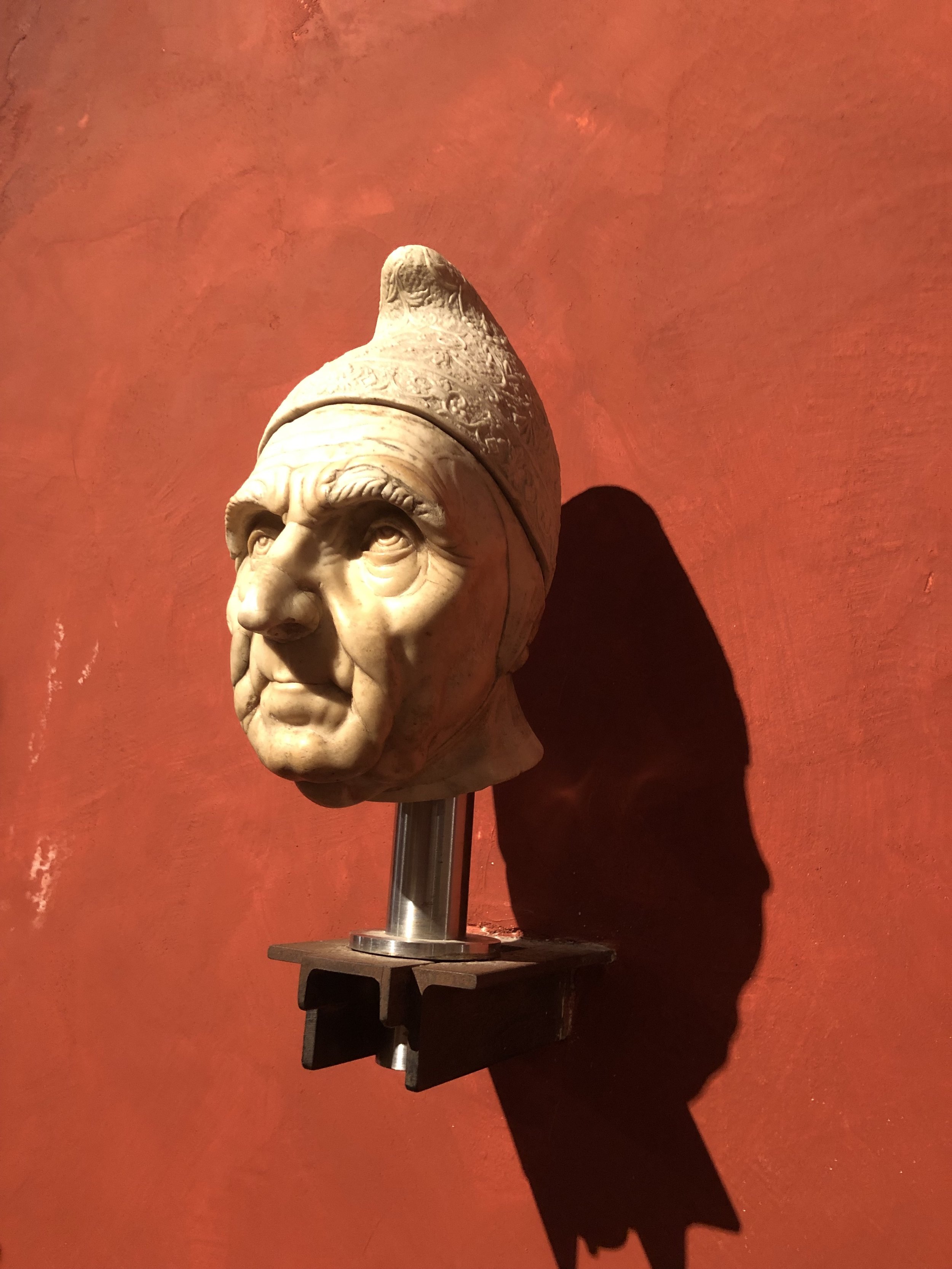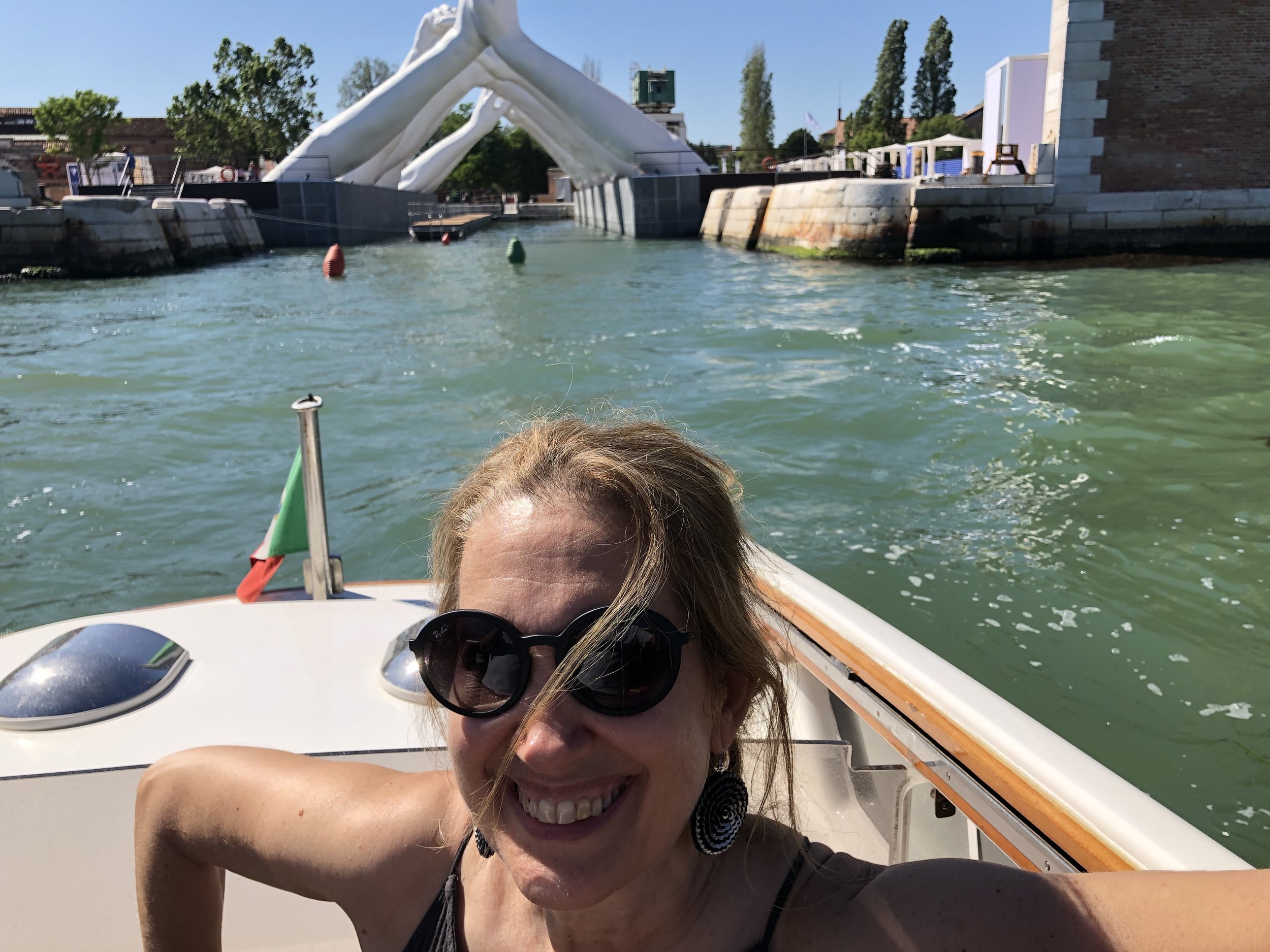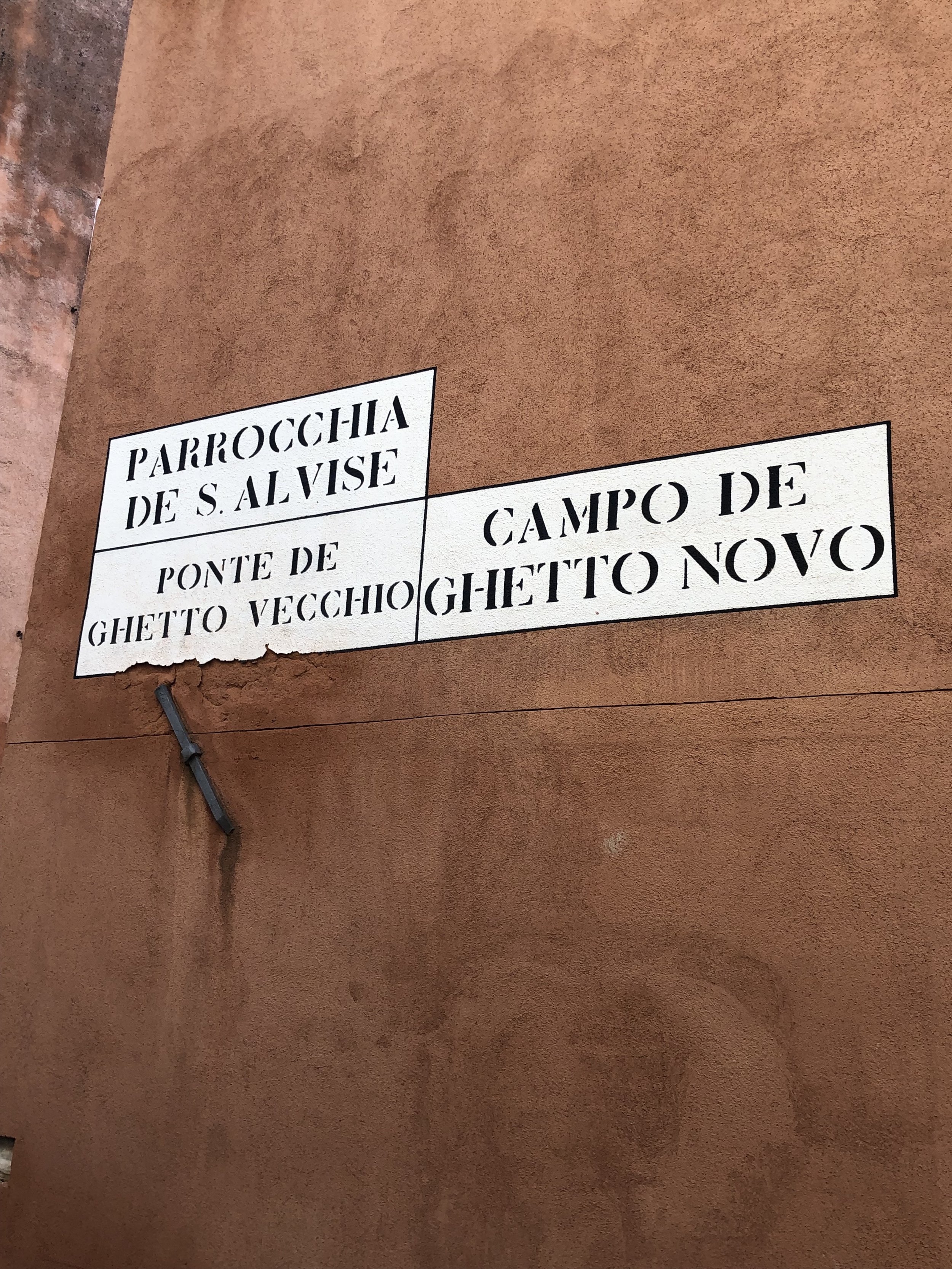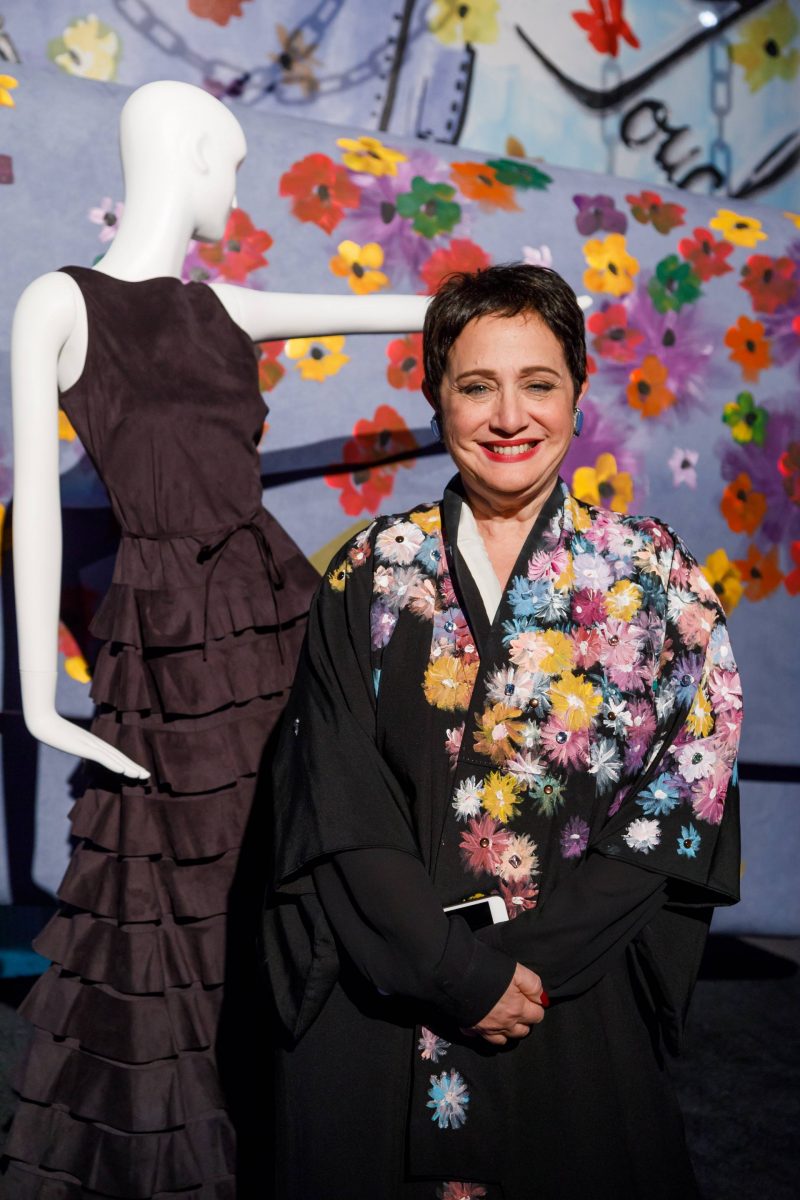A major landmark - so to speak - of inspiration for us was Bethesda Fountain. Bethesda Fountain is one of the most iconic fountains in the world - it has been highlighted across movies, paintings, and tv; including, of course, the opening sequence from Angels in America.
Overlooking the southern shore of The Lake, the Bethesda Terrace - and Fountain - are the only original “formal” elements included in the blueprint for the park. As the park was meant to celebrate un-manicured nature, the terrace was a nod to the more stylized parks that were in fashion at the time. Today the terrace, fountain - and especially the two stories of steps - are often locations for filming in NYC.
The angel on top of the fountain was the only piece of sculpture commissioned for the park as an original work. Entitled Angel of the Waters, she stands above four cherubs meant to represent health, purity, temperance and peace. Designed by Emma Stebbins in 1868, the angel is the first major public art commissioned by a woman in New York City.
“All had expected something great, something of angelic power and beauty,” The New York Times wrote of the unveiling of the Bethesda fountain statue on June 1, 1873, “and when a feebly-pretty idealess thing of bronze was revealed the revulsion of feeling was painful.”
When the sculpture was first unveiled in the park, it was widely unpopular. Stebbins’ brother had a heavy hand in granting her the commission - as he was the head of the park’s Committee on Statuary, Fountains and Architectural Structure. The public was also likely inclined the be particularly critical of the design due to the familiar connections, and the general feeling - at the time - that women were not considered “real” sculptors.
Of course we all consider the angel to be a cherished landmark now, and Stebbins has been granted long overdue appreciation for her contribution to the park.
As the first landscaped public park in the country, the park’s landscape architect, Fredrick Law Olmsted, believed in the power and importance of public space, where “the beauty of the fields, the meadow, the prairie, of the green pastures, and the still waters” contrasted with the dark and cramped conditions of Manhattan at the time of the park’s creation.
To this day, Central Park is considered an unusual landscape for its seemingly natural design within an artificial constructed landscape. Olmsted and the park’s architects believed deeply in the importance of the natural environment, creating only one straight geometric path in the entire 843 acres.
The job of preserving the park for current - and future - visitors now falls to the Central Park Conservancy. The Conservancy oversees all of the park’s maintenance - from horticulture upkeep to architectural restoration, allowing the park to be a sustainable tourist attraction for the 40 million - or so - annual visitors, while also allowing NYC’s Department of Parks and Recreation to focus their time - and budget - on the countless other, less visited parks within the city.
To learn more about the Central Park Conservancy - or to donate - check out their website here!
Addendum
We are really proud of the Central Park collection, and now that life is getting back closer to “normal,” I continue to cherish the park; the bit of wilderness in the middle of our urban landscape. One of Olmsted’s goals for Central Park was for an outdoor space to “replenish and reinvigorate,” after over 150 years, Central Park continues to be an unchanged sanctuary in its own right, even as the world continues to evolve outside of those wooded city blocks













































